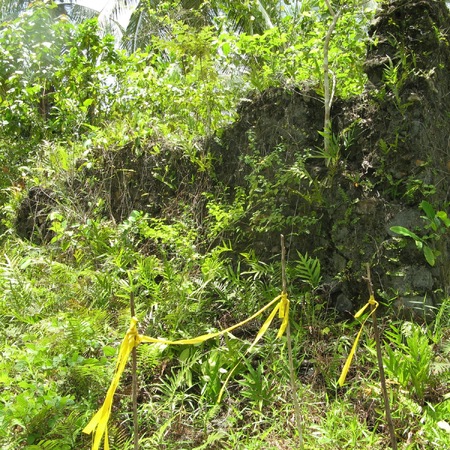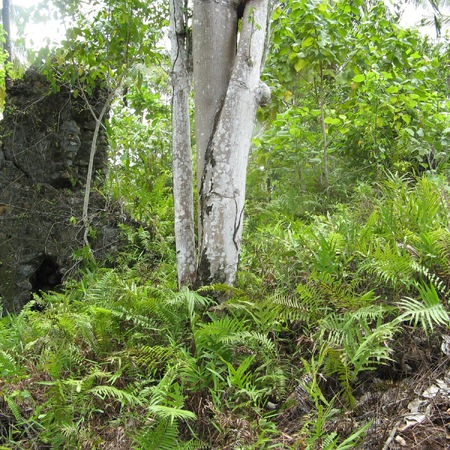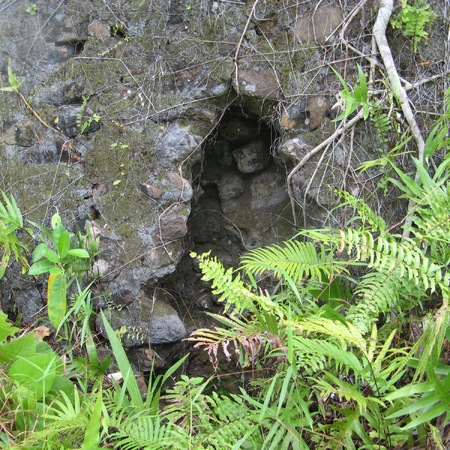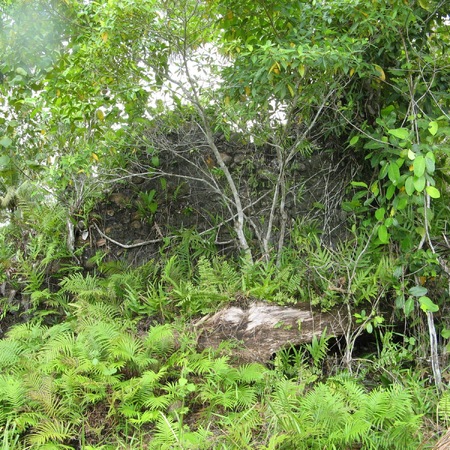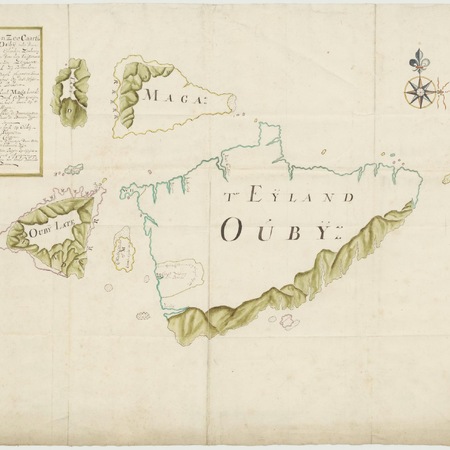The uninhabited Obi Islands were covered with clove and nutmeg trees. In 1671 the VOC wanted Dutch and native people to cultivate the spice trees on Obi. The main reason was to prevent other European merchants from collecting spices on the islands. In 1672, the Dutch unsuccessfully tried to negotiate with the sultan of Bachian about the construction of a fort on Obi. After an outbreak of War in Europe between the Dutch Republic, France and England, the island was occupied by the VOC. Governor General Joan Maetsuyker (1653-1678) told the sultan that the occupation was a temporary measure to prevent the English from to occcupying the island. Cornelis Francs (Governor of the Moluccas 1672-1674) built a small wooden fort on the west coast of Obi in 1674 . Fort De Bril had a garrison of 24 men. The plans for emigration of inhabitants of Ceram to Obi in order to start spice production for the VOC became a great failure, and the Company was content to just keep competitors away from then on. It proposed to sultan Alawadin II of Bacian that he sell the islands to them, as they had no value for him. In 1679 the sultan rented the Obi Islands to the Dutch East India Company and in 1682 he sold it for 700 rijksdaalders.
Robert Padbrugge (Governor of the Moluccas 1677-1682) ordered the construction of the small stone fort Den Briel in 1678. The garrison was reduced to seven men. This was possible because during the regular hongi tours all the clove and nutmeg trees on the island were destroyed. Ships patrolled the area to prevent smuggling of spices. The post holders on Obi were recalled in 1696. The Governor of the Moluccas complained about the smuggling. Batavia put an embargo on the trade on the Obi Islands. In 1700 was fort Den Briel again occupied. First with seven but later with fewer men depending on the circumstances. After rumors of Spanish infiltration and smuggling in 1733, extra people were sent to the outposts, including Obi. In 1758 the garrison finally left because the island was unhealthy. The Dutch East India Company placed a stone marker with its logo and the letter N (Netherlands) in the neighborhood of the fort, to show that it was part of their territory. The fort fell into disrepair.
During the survey in 2007 the walls of the fort were still standing. The site was threatened because the nickel-mining company that owns the site wanted to build a road to the mine uphill. On Google Earth 2011 there are no longer any visible remains of fort den Briel.
